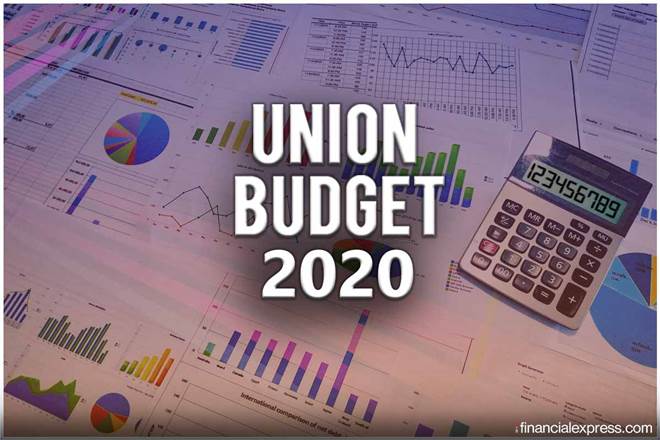By Amrinder Singh
Union Budget 2020 India: The final countdown for the most-awaited Union Budget for the 2020 has already begun and everyone right from India’s financial firms, taxpayers to experts have got some expectations from the upcoming budget, which would be presented by the honourable Finance Minister Nirmala Sitharaman on 1st February. The fate of Fast-Moving Consumer Goods (FMCG) industry is completely dependent on the schemes and policies as this sector has been affected by the lower farm income and liquidity constraints due to the slowdown in the economy. According to Nielsen’s data, overall FMCG sales growth fell from 16.2% annually in the September 2018 quarter to 7.3% in the September 2019 quarter.
Watch Video: What is Union Budget of India?
The lack of funds in the hands of consumers, owing to the reluctance of NBFCs to lend freely has particularly marred demand in not only in the packaged consumer goods industry but also in the high- ticket segments like real estate and auto. However, the FMCG industry leaders too have renewed their expectations and have kept their fingers crossed. Here are some of the expectations:
More focus on MGNREGA
The Mahatma Gandhi National Rural Employment Guarantee (MGNREGA) Act ensures a minimum 100 days of paid work per year to families whose adult members opt for unskilled work. MGNREGA has the potential to lift rural demand. The budget allocation for MGNREGA scheme was Rs 60,000 crore. The increase in MGNREGA Wage Rate 2020 is a part of the government plan to consolidate existing welfare schemes for farmers such as PM-KISAN. The central government has decided to go for consolidation as it is reeling from dwindling resources.
ALSO READ | Budget 2020 | Helping the poorest; why super-rich must urgently step up tax game: Oxfam INTERVIEW
Low GST on FMCG products
After the implementation of GST, many products which were put in 18% GST tax slab has lead to stagnation in the growth of industry. After waiting for the government to reduce GST rate for more than a year, the manufacturing companies of those products were forced to hike the price which increased the dip in demand already prevalent due to economic slowdown. Nonetheless, GST is not solely responsible for the price hike as a periodic escalation of the price of raw materials has hit the industry hard. Reduction in GST rates in all FMCG items to a single bracket will lend policy certainty as well as manufacturing vision to the FMCG industry which will, in turn, will boost consumption and empower them to create more low skilled jobs and reduce the prices.
Greater allocation towards rural infrastructure
Sluggish wages, reducing crop prices, and untimely rainfall have reduced the propensity of rural households to spend freely. Since the rural growth slipped to a multi-year low, government should be looking at ways to revive the rural infrastructure. Rural India contributes 36% to overall FMCG spends and has been growing 3-5 percentage points faster than urban spend in the past decade or so, according to a Nielsen report. Even top FMCG companies generate a significant proportion of their revenues in these areas.
ALSO READ | Budget 2020: Will govt notify any relief on long-term capital gains, dividend distribution tax? FE Survey
Relief in personal tax slabs
Consumption behaviour of the consumer can be improved if the personal income-tax slab reduces. Changes in personal taxes have been on the cards for quite some time. If people have more disposable income in the pockets of consumers, thereby fuelling consumerism and boosting overall GDP growth.
Amrinder Singh is Director, Bonn Group of Industries. Views are the author’s own.


